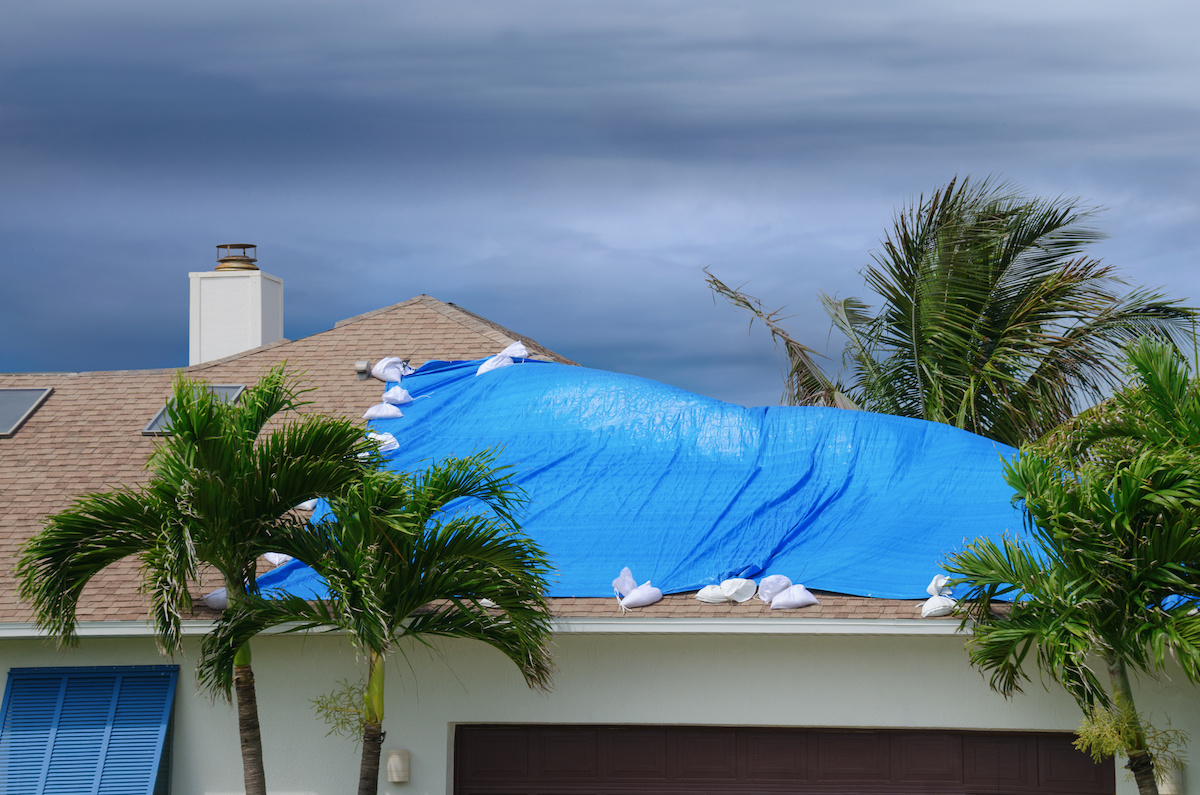Impacts of Hurricane Beryl in Jamaica

Hurricane beryl in jamaica – Hurricane Beryl, a Category 1 hurricane, made landfall in Jamaica on July 5, 2023. The storm brought heavy rainfall, strong winds, and flooding to the island, causing significant damage to infrastructure and the economy.
In Jamaica, Hurricane Beryl’s fury lashed relentlessly, leaving a trail of destruction in its wake. As the storm’s wrath subsided, news reached the island of a promising young talent in the world of football: Brandon Aiyuk , a wide receiver making waves for the Pittsburgh Steelers.
His speed and agility had caught the attention of fans worldwide, providing a glimmer of hope amidst the devastation caused by Hurricane Beryl.
The most severely affected areas were the parishes of St. Thomas, Portland, and St. Mary. These areas experienced the strongest winds and heaviest rainfall, leading to widespread flooding and landslides.
As Hurricane Beryl barrels towards Jamaica, the island braces for impact. Its path remains uncertain, and residents anxiously await news of its trajectory. To stay updated on the latest developments, visit will beryl hit jamaica for real-time information. Hurricane Beryl is a formidable force, and Jamaica must prepare for the worst while hoping for the best.
Infrastructure Damage, Hurricane beryl in jamaica
Hurricane Beryl caused extensive damage to Jamaica’s infrastructure. Roads and bridges were washed out, power lines were downed, and buildings were damaged or destroyed. The storm also caused significant damage to the island’s agriculture, with crops being destroyed and livestock being lost.
Economic Losses
The economic losses caused by Hurricane Beryl are still being assessed, but they are expected to be in the millions of dollars. The storm caused damage to tourism, agriculture, and other industries. The government has pledged to provide financial assistance to those affected by the storm.
Humanitarian Response to Hurricane Beryl

In the aftermath of Hurricane Beryl, numerous local and international organizations mobilized to provide aid to the affected communities in Jamaica. These efforts were crucial in addressing the immediate needs of the population and initiating the recovery process.
Distribution of Essential Supplies
One of the primary challenges was ensuring the distribution of essential supplies, including food, water, and medical equipment. Local organizations, such as the Jamaica Red Cross and Food For The Poor, played a significant role in coordinating the distribution of food and water to the affected areas. International organizations, including the United Nations World Food Programme and the United States Agency for International Development (USAID), also provided substantial support in this regard.
Lessons Learned from Hurricane Beryl
:quality(70)/d1hfln2sfez66z.cloudfront.net/11-12-2019/t_423d5e2948964ee2aff5c801c5f08a9b_name_CB725C2ADED4425FB11D26B8BA968321_1.jpg)
Hurricane Beryl’s impact on Jamaica highlighted the country’s strengths and weaknesses in disaster preparedness and response. This analysis examines the effectiveness of early warning systems, evacuation procedures, and disaster response plans, identifying areas for improvement in future hurricane preparedness efforts.
Effectiveness of Early Warning Systems
Jamaica’s early warning systems, including weather forecasts and public alerts, provided timely and accurate information about Hurricane Beryl’s path and intensity. This enabled residents to make informed decisions about evacuation and preparedness measures.
- Residents had sufficient time to evacuate vulnerable areas before the hurricane made landfall.
- Public alerts were disseminated through multiple channels, including radio, television, and social media, ensuring widespread reach.
Evacuation Procedures
Evacuation procedures were generally well-organized and efficient, with designated shelters and evacuation routes established. However, some challenges were encountered:
- Transportation issues hindered the evacuation of some residents, particularly those in remote or underserved areas.
- Some shelters reached capacity quickly, leading to overcrowding and delays in providing assistance.
Disaster Preparedness and Response Plans
Jamaica’s disaster preparedness and response plans provided a comprehensive framework for coordinating relief efforts. However, some areas for improvement were identified:
- Communication between different agencies involved in the response could be enhanced to ensure a more coordinated approach.
- Stockpiles of essential supplies, such as food, water, and medical equipment, should be increased to meet the needs of a larger population.